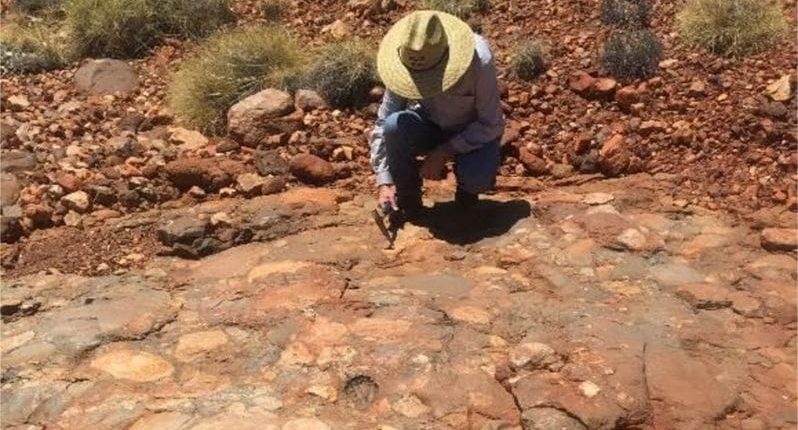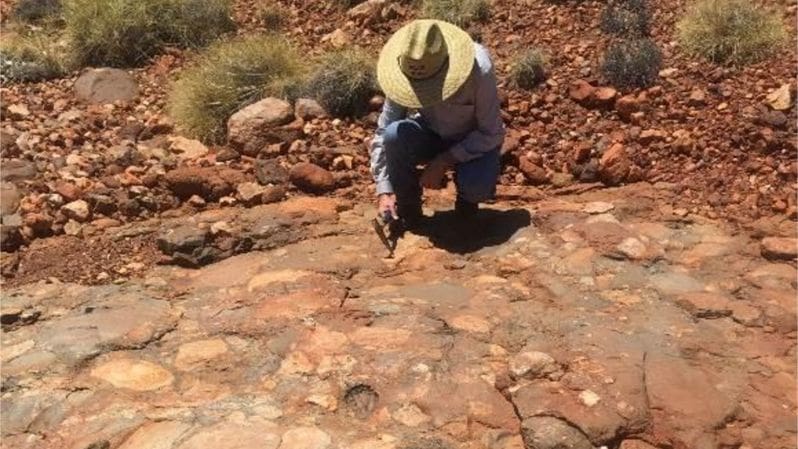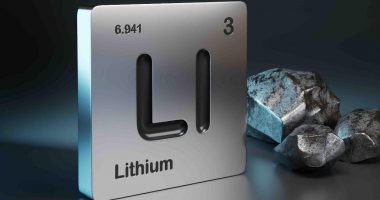- Kairos Minerals (KAI) receives encouraging results from drilling across three prospects at its Roe Hills Project in Western Australia
- Drilling intersected wide, shallow gold mineralisation at the Caliburn prospect which Kairos believes shows potential for open pittable gold mineralisation
- Results from the Black Cat prospect highlight a potential volcanogenic massive sulphide signature which will be followed up with geophysical work
- Kairos also extended nickel mineralisation to over 80 metres at the Talc Lake prospect which remains open down-deep and towards the surface
- Company shares are down 3.23 per cent to trade at 3 cents at 11:52 am AEST
Kairos Minerals (KAI) has received four-metre composite results from reverse circulation (RC) drilling at its Roe Hills Project in Western Australia.
The RC drilling program included 20 holes, for 2992 metres, and tested high-priority gold and nickel targets at the Caliburn, Talc Lake and Black Cat prospects.
Kairos drilled 10 holes at Caliburn, four holes at Talc Lake and six holes at the Black Cat prospect.
Out of the three prospects, Caliburn returned the best results including wide zones of shallow gold mineralisation.
Assays include eight metres at 1.32 grams of gold per tonne (g/t) from 32 metres including four metres at 2.29g/t gold from 36 metres, and 16 metres at 1.36g/t gold from 80 metres including four metres at 3.9g/t gold from 92 metres.
Executive Chairman, Terry Topping, was pleased with the results.
“The key area of focus is the Caliburn prospect, where we intersected wide zones of shallow gold mineralisation. These results have clearly demonstrated the potential to delineate potentially open pittable gold mineralisation at Caliburn,” Mr Topping said.
One of the holes drilled at Black Cat returned four metres at 1.63 grams of gold per tonne (g/t) from 48 metres. The same hole returned a significant zinc anomaly including 20 metres at 0.42 per cent zinc from 96 metres.
The company believes this highlights a potential volcanogenic massive sulphide (VMS) signature. Kairos is planning to conduct ground geophysical work to study the potential for a VMS base metal system.
Lastly, the best intercept from Talc Lake includes five metres at 0.55 per cent nickel and 0.15 per cent copper from 96 metres including one metre at 1.33 per cent nickel and 0.45 per cent copper from 99 metres.
These results have extended nickel mineralisation to over 80 metres which remains open down-deep and toward the surface.
Kairos is planning to collect one-metre samples from the gold, zinc, nickel and cobalt intercepts across the three prospects. Once it receives these new results, the company will conduct field work to assist with target generation.
Company shares were down 3.23 per cent to trade at 3 cents at 11:52 am AEST.







